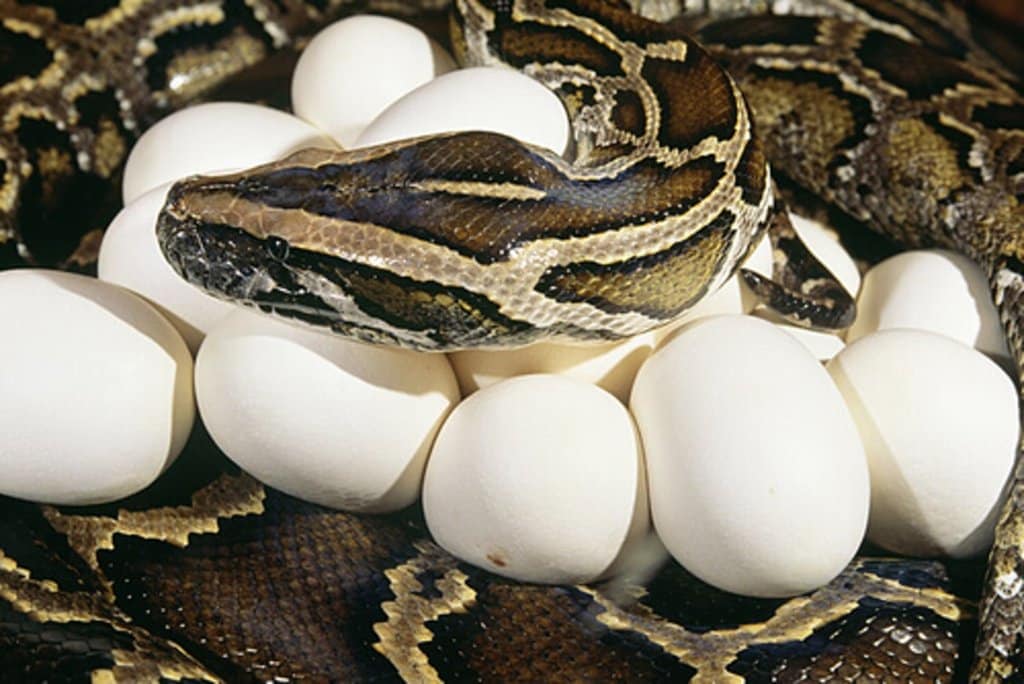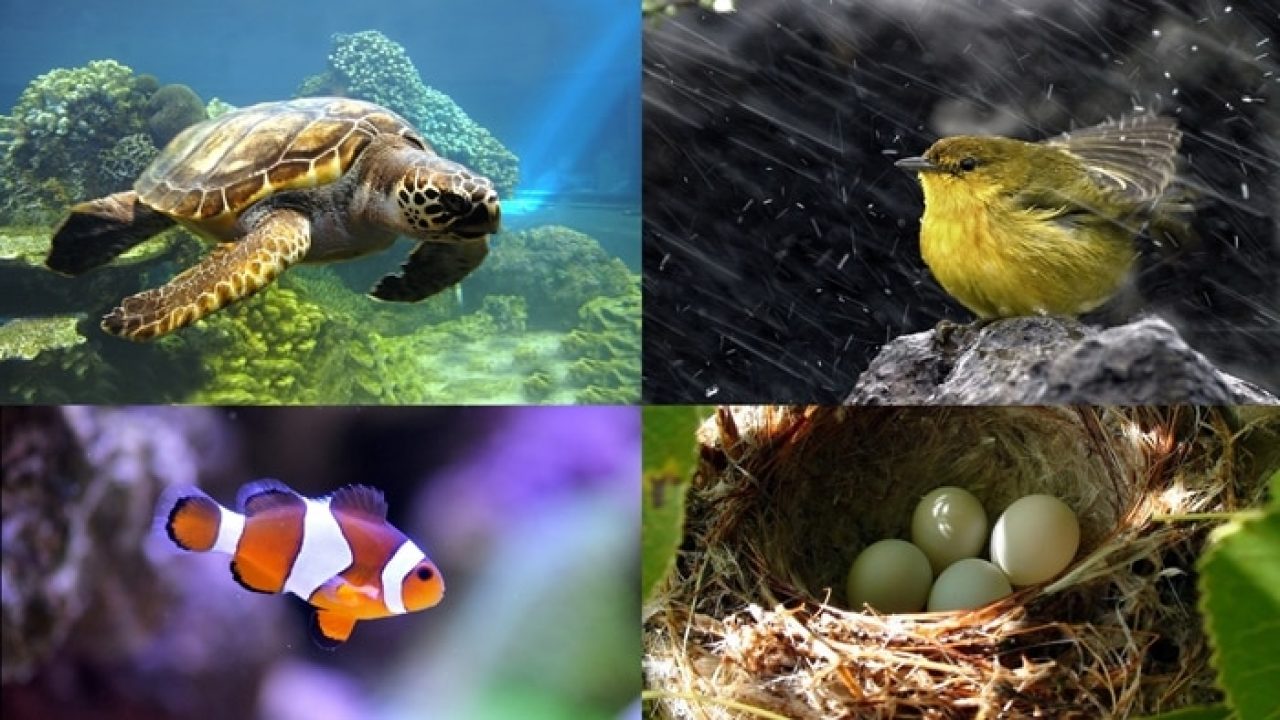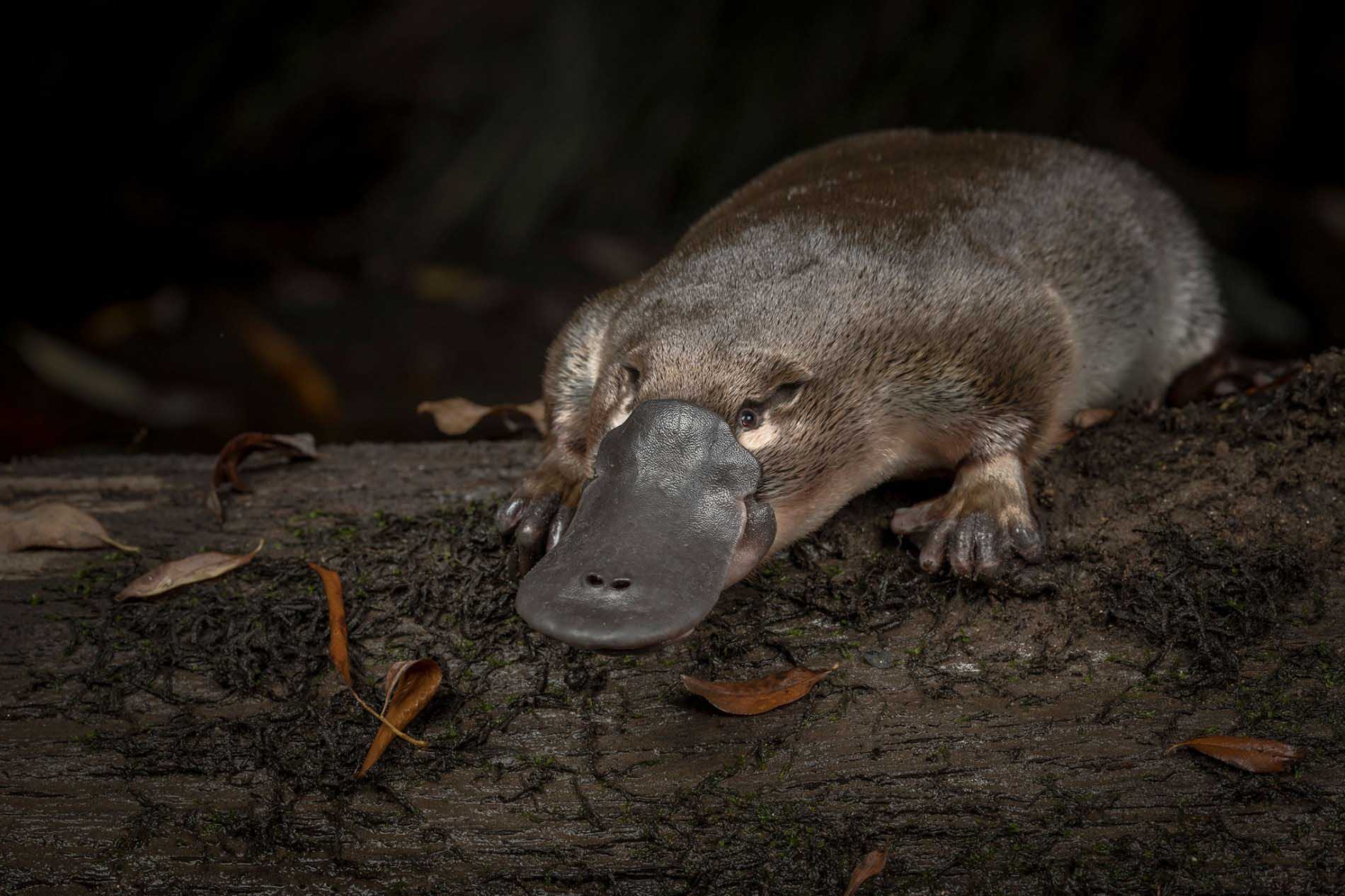From the birds that humans have watched for centuries to the eggs that they consume in their meals, they come from Oviparous Animals, a very particular classification within the animal kingdom and not only because of the product that is obtained after reproduction, but also because of the behaviors and habits that animals have in care, apart from the differences that these have with mammals.

The Oviparous Animals
Those animals whose young emerge from eggs are called oviparous. It is quite notorious that this group of animals is mainly made up of birds and insects, however, species such as amphibians, fish and reptiles are part of the select group. According to the way in which they complete their reproductive cycle, there are two large groups of animals, which can be described as:
viviparous: The offspring grows in the female's reproductive system at a different time for each species and is subsequently born passing through the vaginal tract. Commonly all mammalian animals, including the human being, are within this classification, although with some caveats.
Oviparous: The offspring grows and develops inside an egg, previously fertilized by a male specimen and placed by the female, among which we can mention the parrot, the frog, the platypus, among others.
There are marked differences between them, in terms of the gestation times of the offspring by the mammal, while the oviparous lay eggs. Depending on the species, fertilization can take place both internally and externally to the body of the female specimen. Referring to a specific case, that of frogs, where fertilization occurs outside, contrary to that of any bird.
Breeding Cycle Characteristics
For oviparous animals, as mentioned above, fertilization can take place inside or outside the body of the female; with the development of the future species, then, it also happens that it is external to the body of the female specimen. This condition is unique to birds, amphibians and fish, although some reptilian species, such as snakes, and also insects are considered oviparous.
It is considered advantageous from the evolutionary point of view that the future specimen is born and develops outside the mother's body, since it significantly affects the life rate, because the structure of the egg covers the embryo and does not allow it to dry, vital if any species is incubating in a hot zone. Amphibians and fish, on the other hand, lay their eggs in the water. Penguins are other animals that hatch eggs. These come coated with a viscous protective layer.
It is important to point out that there are hybrid animals in the world, since they are not viviparous or oviparous in their entirety; these are called ovoviviparous. For these animals, when the female is fertilized by the male, her eggs remain inside her until they complete her development. I could refer as an example to make the idea clearer, some species of sharks.
At the moment of being fertilized, the female shark specimens carry the eggs internally in their body, and, once the cycle is complete, the embryos begin to break the protective layer, hatching inside the mother's reproductive system and finally, the offspring leave that site. thus completing its development. It is fascinating to know that not all species incubate their eggs in the same way.
The incubation of the eggs
Oviparous species do not take care of their eggs in the same way, nor do they follow the same procedures. Giving the case of the birds, which materialize the nests with the materials that they have in their environment, usually from the trees, being built between rocks or also on the same surface. When incubation occurs, several days or a long time can pass where they are brooding, and when the day of birth arrives, the young break the closed space where they developed.
Other species, such as turtles or crocodiles, dig a large hole in the sand or on the ground, where they lay their eggs in order to protect them from hunters and so that they can develop without any complications. Immediately after placing them out of the reach of predators, they withdraw until the new specimens are born. As for fish and amphibians, they lay their eggs in the water current leaving them exposed to all danger, this being the reason for a low survival rate.
Some of the extant oviparous animals
There are different types of oviparous animals that exist in the world, the most common are the following:
The bee
After being fertilized, the female collects the sperm and thus can control the number of eggs she can fertilize. Each one of the eggs that she manages to give, will be placed in a cell, which was previously supplied with nectar and pollen, or also being with other females in a common area. At the moment they are born, all the female bees, without exception, will feed the young, regardless of whether they are hers.
The crocodile
At the moment in which this animal deposits groups of eggs after having dug a small den in the sand, managing to create a nest also with the existing vegetation. One aspect to highlight about this reptile is that the birth of the young will depend on the incubation temperature, even on the sex they may have. Said this way, if the temperature is close to 30°C, there is a possibility that the offspring will be female, and if it is above, they will be male.
The ant
This noble and hard-working insect, which is also oviparous and cold-blooded, and under this fact and several others, is considered an incredible animal. At the moment that their eggs are fertilized, female offspring come out, now, if these are not fertilized, the offspring are male. At the moment of conception, the larvae are fed and protected as much as possible by worker ants.
The Sparrow
Within the bird species, this is one of the most easily found in the urban environment and is therefore quite familiar. The females manage to lay four to five eggs for each occasion, in the same period. Taking an easy count, the sparrows have four incubations, with two dozen offspring, being curious that their partner can take turns with the female, for ten days to brood, followed until birth.
the white stork
This bird completes its reproductive cycle in places with nearby plantations, adjoining mudflats. Their nests turn out to be quite durable due to the materials used, since they are built with branches and sticks in the treetops, or in a place with great height. The male and female of this species achieve an annual laying, with an incubation time of thirty days, giving birth to four offspring at a time.
Echidna and platypus
Both species correspond to the two mammals that are within the oviparous group. They are quite particular, apart from rare and fascinating within the animal kingdom, starting with their unique anatomy. The echidna resembles a hedgehog, managing to lay only one egg per clutch.
On the platypus side, it has an aspect that involves similarities with several animals, including the duck, the beaver and the otter. It is a species that has a poisonous stinger; Regarding laying, it incubates only two eggs normally, however, it can lay up to three.
We also invite you to view the following articles of interest:
- Sponges
- Aquatic animals
- Marine animals


